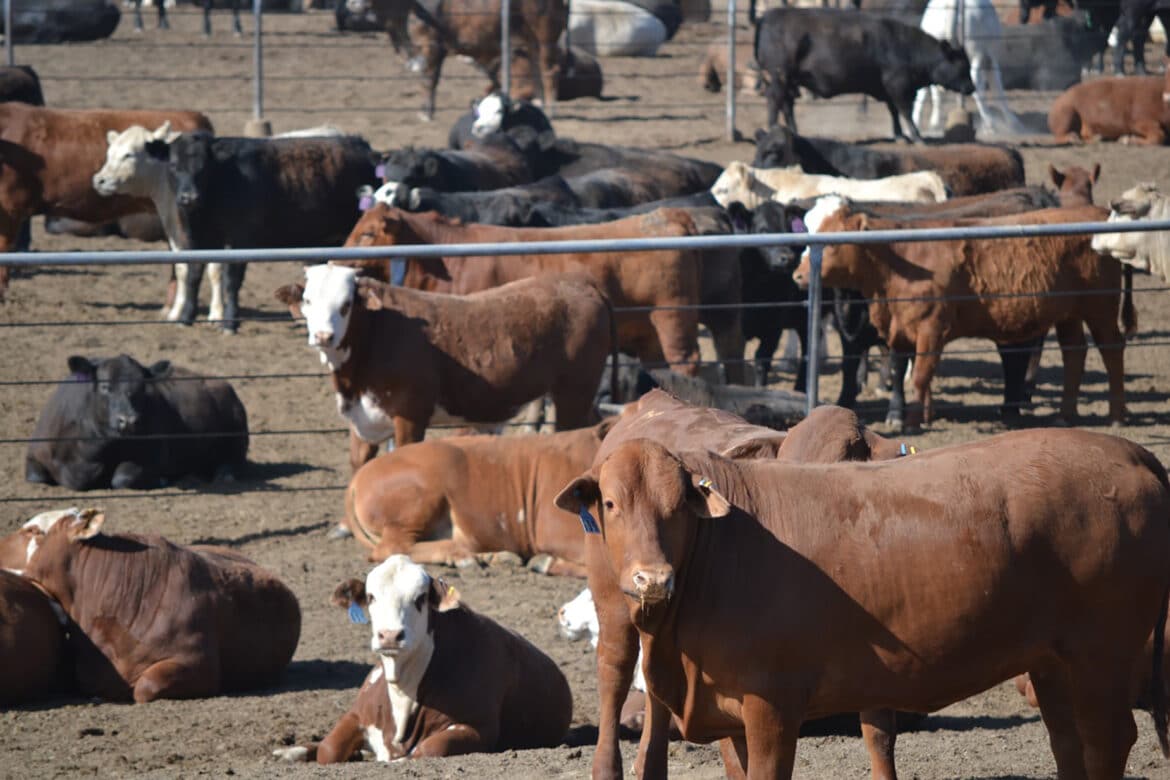A truck parked in the loading dock at the National Beef facility in Liberal, Kansas caught fire at 9:50 p.m. of March 20 and spread to other trailers and a portion of the loading dock according to a statement from the company. The National Beef statement went on to say the facility was operating at the time of the fire and was evacuated for the safety of employees and others on-site. Emergency services extinguished the fire within a couple hours with no injuries reported.
National Beef said it was grateful for the quick response and support of the Liberal Fire Department, Liberal Police Department, and other emergency services.
The plant, which can process 6,000 head per day, is one of the largest beef processing plants in the country. JBS, Cargill, National Beef and Tyson all have plants that have a 5,000- to 6,000-head daily capacity. National Beef is owned by Marfig, a Brazilian multinational company.
IMPACT ON MARKET
Memories of the 2019 fire at Tyson Fresh Meats in Holcomb, Kansas — which caused an extensive shutdown at the beef plant and a drop in market prices — caused some fear across the beef industry.
“The fire at National Beef’s processing plant in Liberal, Kansas was only a minor degree fire in their reefer (refrigerated) unit which shouldn’t have any colossal effects on production or the market. The live cattle contracts did, however, trade lower throughout Thursday’s trade as the announcement of a packing plant fire brought back grim memories of the 2019 Holcomb plant fire,” said DTN’s Livestock Market Analyst ShayLe Stewart.
Prices fell after the Holcomb plant fire that happened on Aug. 9, 2019. That price shift led to an investigation by the Department of Justice and extensive discussions of cattle market transparency among organizations and government officials.
“If the fire had happened during a time when showlists were backed up, market participants would be raising an eyebrow at the loss of throughput, but at this time, showlists are extremely current and the plant’s delay shouldn’t negatively affect the market,” Stewart added.
On Friday morning, before the Cattle on Feed report was released Friday afternoon, trade continued lower but for several reasons.
“The live cattle complex is continued to trade lower as the market juggled numerous factors ahead of the weekend,” Stewart said. “Thankfully, the cash market continues to find tremendous support from the fundamentals as cash fed cattle have traded $2 to $4 higher this week. Trade’s bearish regard for the market largely stems from the fact that the monthly Cattle on Feed report was released on Friday afternoon, and was expected to showcase greater placements than a year ago,” she explained.
Placements in feedlots during February totaled 1.89 million head, 10% above 2023 and above pre-report expectations. Placements were the highest for February since the series began in 1996.
###
DTN



Don’t post to this site and then not allow people to access the article.